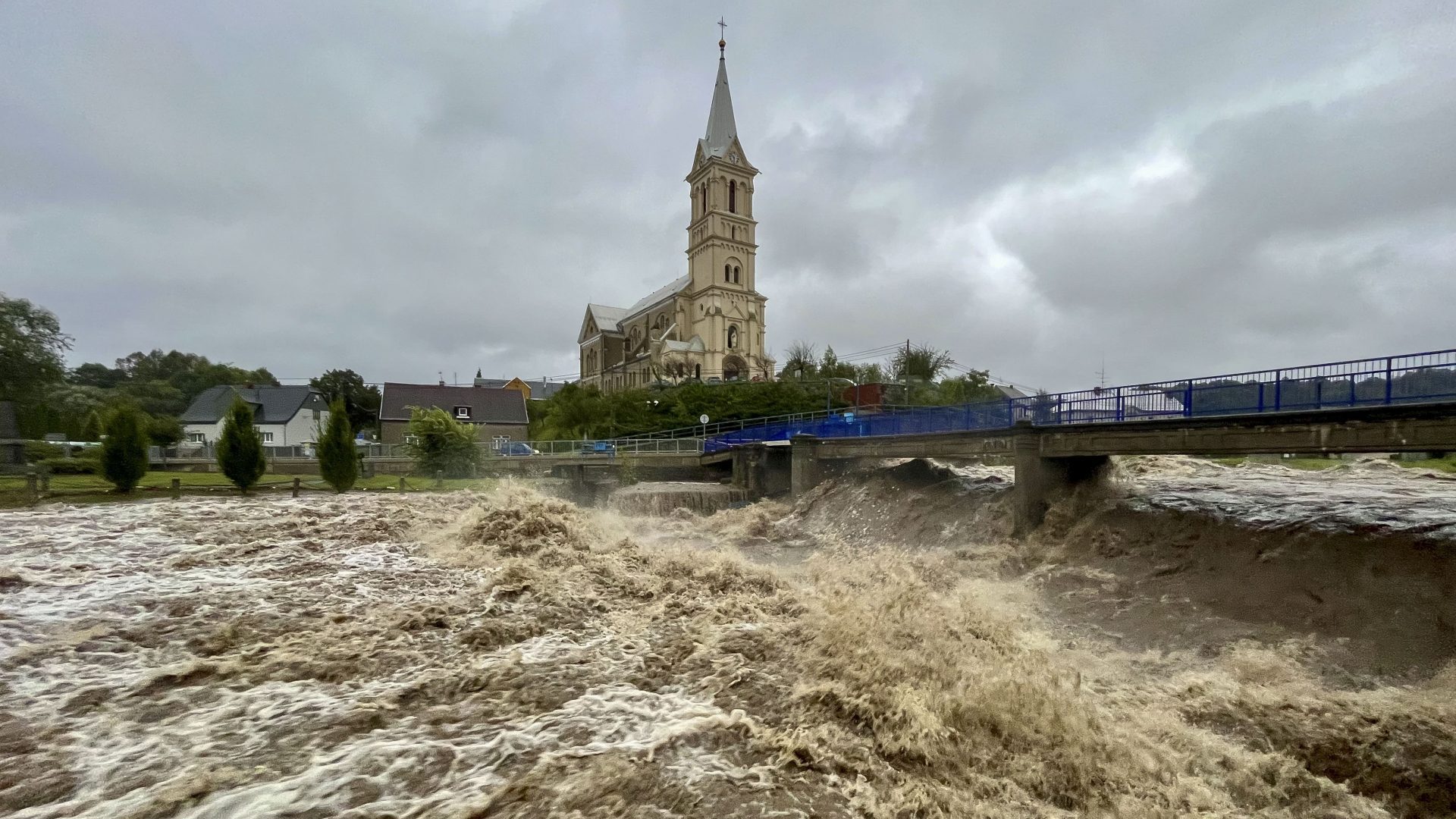Onlookers gathered around the River Danube in the central area of Bratislava, witnessing a stark transformation.
Just days ago, they were enjoying sunshine and warmth; then the temperature dropped, storm Boris swept in, and the rain started. The Danube, Europe’s second-largest river, began to rise.
In the days leading up to the storm, the Danube was around three metres deep. Within a few days, it surged to nearly 10 metres, flooding parts of Bratislava. Fortunately, our flood defences held firm. Even so, the rain and wind, which reached nearly 100km an hour, caused damage running into the millions.
In Bratislava, the waters have yet to recede, and Hungary is now bracing for the worst as the storm surge flows south.
The prime minister, Robert Fico, made his first public appearance several days after the storm hit. Michal Sabo, the opposition MP who speaks on environmental policies, criticised Fico’s delayed response.
“I understand he celebrated his birthday over the weekend,” he said, pointedly. “To the detriment of all those involved, he left crisis communication to two ministers.” He also criticised the lack of climate laws in Slovakia.
The storm has brought disaster to central Europe. Almost the entire Czech Republic, parts of Austria, and south-western Poland are grappling with flooded cities and villages, and overflowing dams. As of Wednesday, more than 20 people had died. Others are still missing. Nearly two million people have been affected by the floods, the worst to hit the region in at least two decades.
The Austrian federal state of Lower Austria, bordering Bratislava, was hit particularly hard. Heavy rainfall washed down off the mountains and that, combined with the snow and wind, sent a torrent of water into the valleys below.
According to the Vienna Waterways Department, the extreme rainfall caused a once-in-a-1,000-year flood on the River Wien. Both Lower Austria and Vienna have been designated as disaster areas.
According to Austrian reports, nearly 40,000 rescue personnel have been deployed. The Austrian government provided an initial €45m (£36.7m) of emergency funds, and Karl Nehammer, the Austrian chancellor, says the total bill is expected to reach €1bn (£836m).
The Czech government has been in crisis mode since last week. The water forced thousands to evacuate their homes, left hundreds of thousands without power and submerged several towns. Four people have been killed so far. Josef Bělica, governor of the region most affected, Moravia-Silesia, has estimated the damage at over €1bn in his region alone.
Just across the Czech border in Poland lies Stronie Śląskie in Lower Silesia, where a dam has burst, causing severe damage. The deputy mayor, Lech Kawecki, quoted by Polish news broadcaster TVN24, estimated the damage in this town alone to be over one billion Polish zloty (around €250m).
In the very worst-affected areas, three to four months’ worth of rainfall fell in just a couple of days. In the Czech Republic, the Jeseníky mountains of northern Moravia and Silesia received more than 500 litres per sq metre over five days – equivalent to more than eight months’ rainfall.
It has been a horrifying experience – and the clean-up has only just begun.
Branislav Ondrášik is a freelance journalist based in Bratislava, Slovakia



